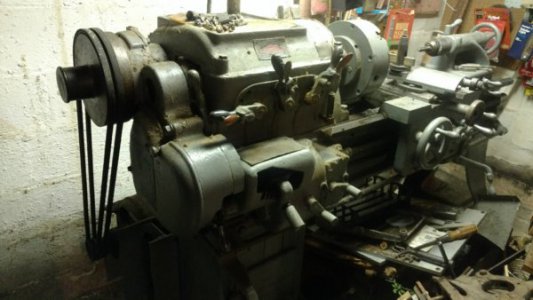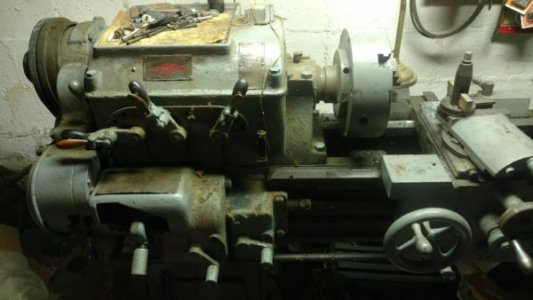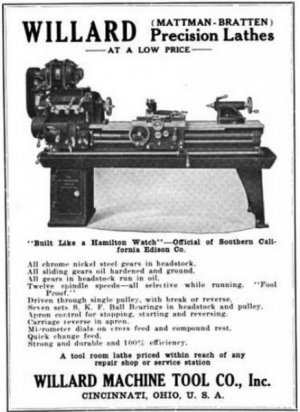Alas, I have grown unfond of old big iron lathes. I would say be very careful of this one. Just the price itself indicates this lathe may have serious problems. You have described enuf wear to indicate everything inside the machine is seriously worn out. Remember lathe parts all work together. So one worn part means all the others have equivelent wear.
If you really want to move forward, you could check a couple of more things: Does the headstock growl like the last days of an old rear end in a '75 chevy? Can you see daylight between the ways and a carpenters straitedge?? Is the bottom of the tailstock grooved badly? If so, plan on replacing or rebuilding, grinding, and scraping the Headstock gears, tailstock base, apron surfaces, v ways, half nuts, apron nut that drives the lead screw, cross feed screw and retaining nut, compound screw, gibs... arrraggh, the list goes on. And remember these parts are mostly unobtainium. And those that are available cost mucho Lathebucks- each. (A lathe buck is a hundred dollar bill)
Another way to check the lathe is to run it.
Take some round stock over to the guys house and have him take some serious roughing cuts and a couple of finish cuts. Then measure whether it will hold to a thou for whatever you dialed in. Given the wear you already know about, my guess is it wont hold even .005 close to your desired depth of cut. And Probably no two cuts will consistently be the same.
Be hesitant, friend. Good used lathes are out there!!
Glenn






